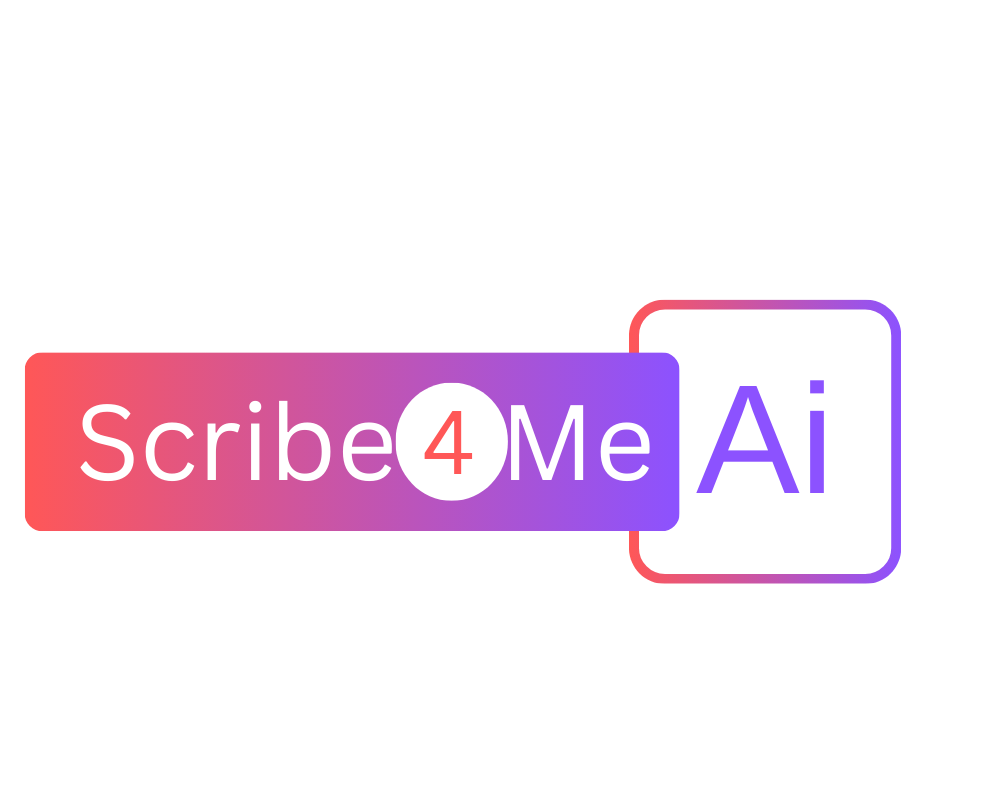

Overcoming Challenges In AI Scribe Implementation
The shift toward artificial intelligence in healthcare is happening fast. Among the many AI-powered solutions, AI scribes stand out for their ability to reduce the time physicians spend on documentation. By listening in on patient visits and generating EHR-ready notes, these scribes help physicians make patient care their top priority. Physicians using AI scribes save two to three hours every day, giving them more time for patients, reducing stress, and improving efficiency. But successfully integrating AI scribes into clinical workflows isn't always easy. Medical practices need to work through technical, financial, human, and ethical challenges to ensure smooth AI-powered documentation.
Let's explore the common challenges and the best strategies to overcome them.
1. Technical and Operational Challenges
EHR Integration Can Be Tricky
Most practices use major EHR platforms and AI scribes must integrate smoothly into these systems without causing any disruptions in daily operations. If it doesn't integrate well it can result in data silos, missing information, and inefficiencies. Ensuring smooth integration is crucial for easy adoption, fewer disruptions, and better usability for physicians.
Accuracy Matters
Clinical notes are detailed and complex. AI scribes must be able to accurately recognize medical terms, different accents, and unique speaking styles. They also need to interpret the clinical context correctly to avoid any misinterpretation. In some cases, AI may generate incorrect information or even fabricate details—a phenomenon known as "hallucination."
Maintaining Physician Writing Skills
Overreliance on technology can cause physicians to lose their ability to handle notes on their own over time. While AI scribes handle routine charting, physicians still need to be able to write notes for complex cases. Practices should make sure that physicians maintain their writing skills even as AI streamlines workflows.
2. Financial Considerations
High Upfront Costs
Investing in AI scribe technology is a big financial decision. A hospital with multiple locations may need to pay between $30,000 and $300,000 per year just for the software license alone. Additional expenses may include workflow integration, IT setup, cloud storage, and staff training.
Ongoing Maintenance Costs
After the initial cost, practices also need to set aside money for software updates, customer support, and system upgrades to maintain the expected level of performance. Practices should consider these ongoing costs also when calculating the overall expense.
Measuring ROI
Is it worth it? AI scribes can reduce documentation time by 20-30%, allowing physicians to see more patients and avoid burnout. Practices should evaluate cost savings against improved productivity, time saved and provider salaries. Hence, a thorough cost-benefit analysis is necessary before making a significant investment.
3. Privacy And Security Concerns
Safeguarding Patient Data
AI scribes process sensitive health information, so keeping data safe is essential. Practices must ensure AI meets HIPAA and GDPR regulations by implementing strong security measures, controlled access and regular audits.
Patient Consent And Trust
Patients should know how their medical data is being used to train AI algorithms. Physicians should offer clear explanations and give patients the option to opt out of AI data training if they have privacy concerns.
4. Human Adoption Challenges
Gaining Physician Trust
Some physicians may be unsure on how accurately AI can handle documentation, especially for complex cases. A Johns Hopkins study found that only 32% of physicians had a positive view of medical scribes. To build trust in AI scribes, practices should provide real-world success stories and examples of well-documented AI-generated notes.
Training For Ease Of Use
Even the most advanced AI scribe system won't be effective if users don't know how to use it properly. Providing hands-on training, live demos, and simulated patient encounters can help physicians and staff get comfortable with the technology.
Customization For Specialties
Every specialty has its own terminology. AI scribes should be trained on a wide range of data to understand and accurately document specialty-specific language.
5. Legal And Ethical Considerations
Who's Liable For Errors?
If an AI-generated note contains a mistake, who is responsible? Practices must define clear policies stating that physicians must review and approve AI-generated notes before signing off.
Keeping Up With Regulations
The AI system is still evolving, and new regulations are being introduced. Practices must stay updated on policies regarding AI software validation, transparency, and compliance to avoid any legal risks.
Best Practices For Smooth Implementation
For a smooth AI scribe implementation, it's best to start small. Instead of rolling it out across the entire organization at once, begin with pilot programs in select departments, gather feedback, and make improvements before organization wide-rollouts. A phased approach over 6-12 months allows time to train staff, address any issues, and adapt to the new system. Insights from early users can help fine-tune the process. Most importantly, AI scribes aren't a “set it and forget it” tool. It requires ongoing monitoring, regular performance checks, and physician feedback to ensure long-term success.
Final Thoughts
Using AI medical scribes can significantly improve workflow efficiency by making clinical documentation faster and easier. However, successfully implementing it requires careful planning. Practices must address technical, financial, and ethical concerns to ensure smooth adoption and proper use.
Physicians spend nearly two hours a day on paperwork—time that could be better spent providing quality care. What if they could get those hours back and focus on patient care? Scribe4Me AI takes care of the time-consuming documentation so you can take care of their patients. Our advanced AI scribe makes charting a breeze, improves workflow, and ultimately enhances physician satisfaction.
Interested in seeing it in action? Try it now and see for yourself! It's free, and no credit card is needed!


